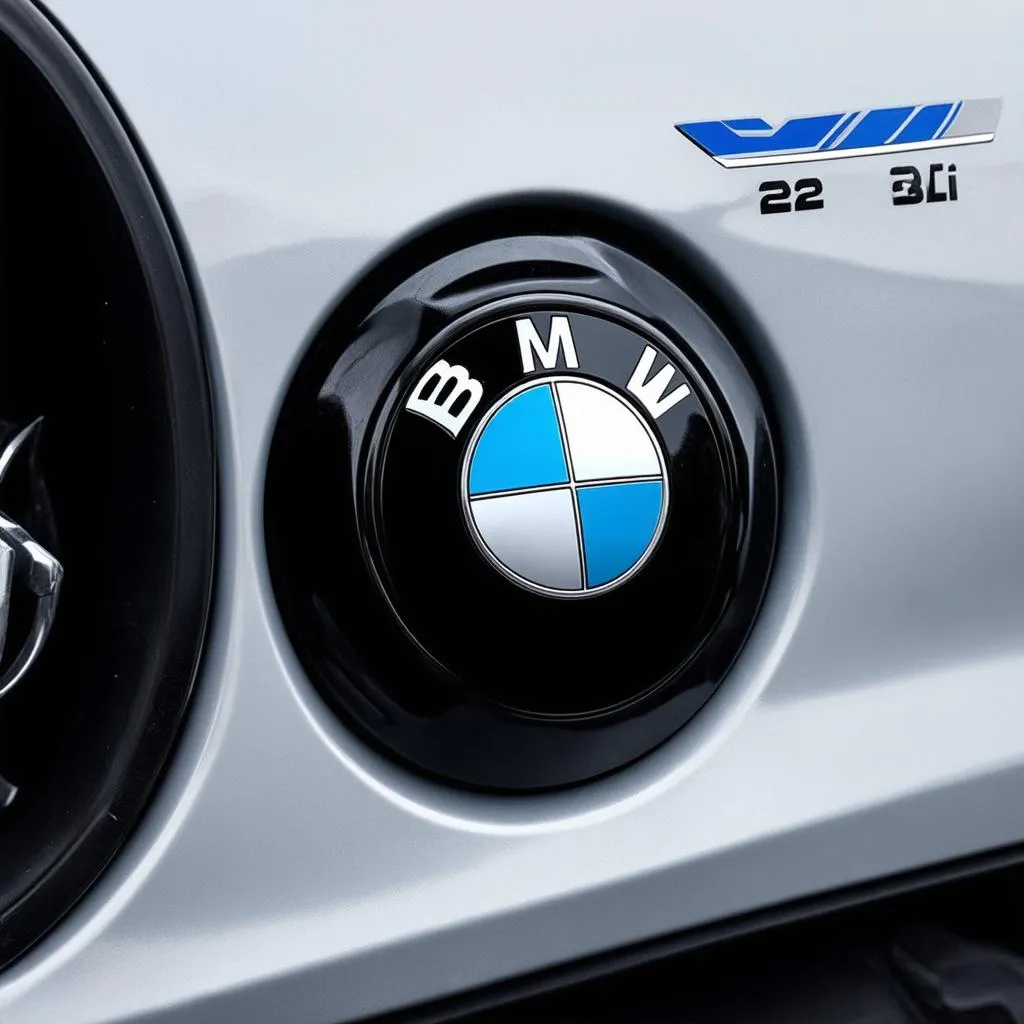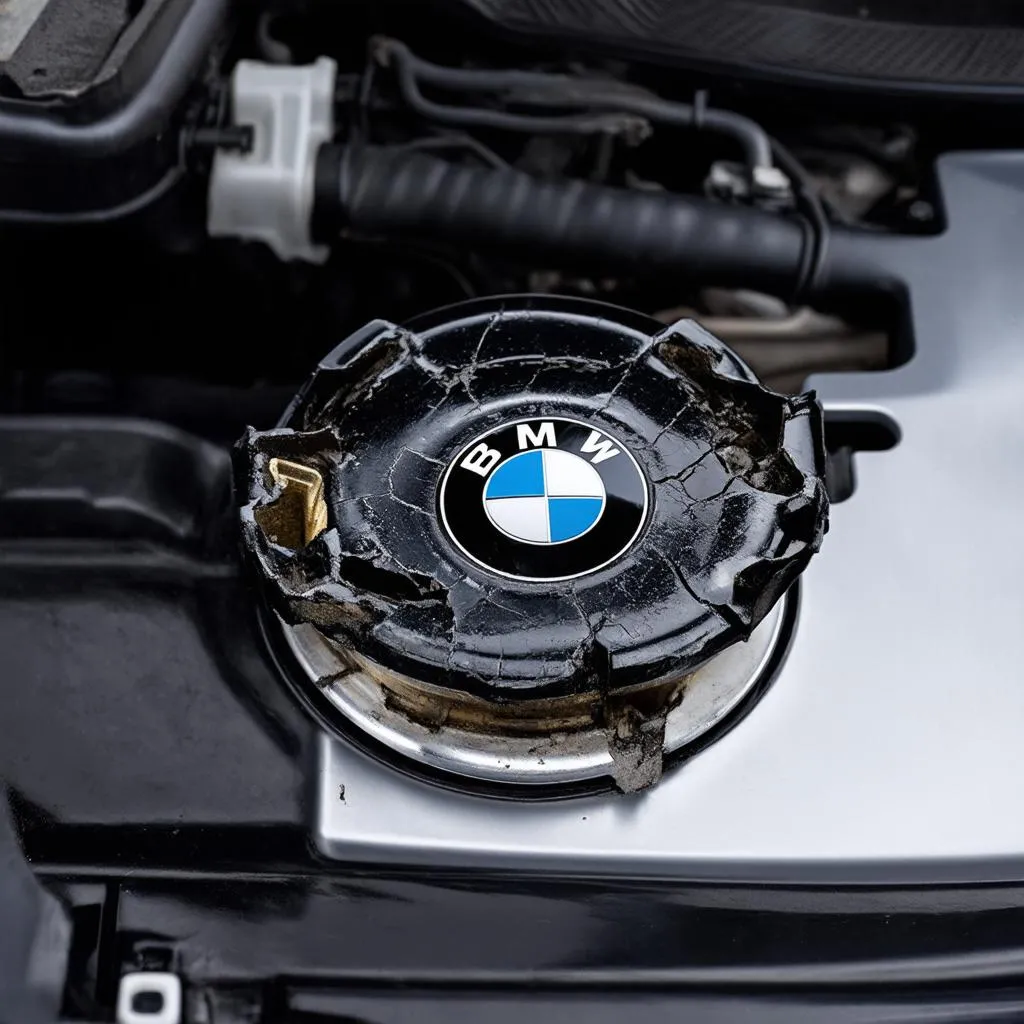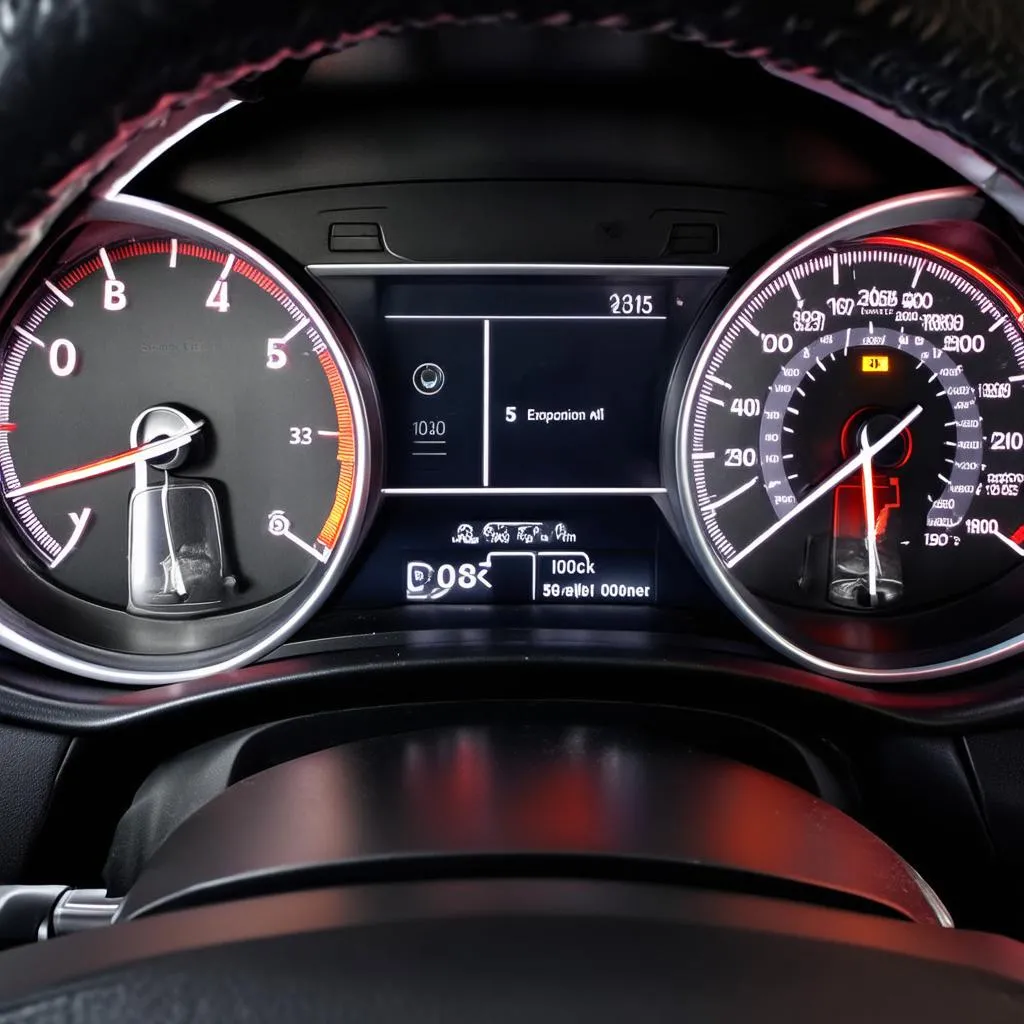BMW 328i Gas Cap: Everything You Need to Know
Have you ever noticed a strong smell of gasoline in your BMW 328i? This could be a sign that your gas cap is faulty, which can lead to various problems, from poor fuel economy to a check engine light. It’s not always just a small issue. But before we delve into the intricacies of this little, yet crucial component, let’s consider a story that might resonate with you.
Imagine you’re on a long road trip, enjoying the open road and the freedom of driving your BMW 328i. Suddenly, the check engine light comes on, and the car starts sputtering. You pull over, wondering what could be wrong. It turns out that the gas cap is missing or damaged, allowing fuel vapors to escape and disrupt the engine’s operation. This is a common scenario, and it highlights the importance of a functional gas cap.
Understanding the BMW 328i Gas Cap: A Deeper Dive
Let’s talk about the importance of the gas cap. You see, this seemingly simple piece of plastic plays a crucial role in the overall health of your vehicle’s fuel system. It’s not just a cap, it’s a guardian against pesky emissions.
Gas Cap Function: A Critical Role in Emissions Control
The gas cap is responsible for sealing the fuel tank and preventing fuel vapors from escaping into the atmosphere. These vapors, released by the volatile fuel, can contribute to air pollution and harm the environment. A well-functioning gas cap helps your BMW 328i meet emission standards and protect the environment.
Gas Cap Issues: Potential Problems and Their Symptoms
A faulty gas cap can cause several problems, including:
- Reduced Fuel Economy: The escaping fuel vapors can lead to a decrease in fuel efficiency, as you’ll be burning more gas than necessary.
- Check Engine Light: Your car’s computer will detect the issue and trigger the check engine light, signaling a potential problem that needs attention.
- Performance Issues: In severe cases, a faulty gas cap can lead to engine performance issues, such as stalling or difficulty starting.
- Evaporative Emission System (EVAP) Issues: A faulty gas cap can cause problems with the EVAP system, which is responsible for capturing and re-routing fuel vapors back to the engine.
How to Tell If Your BMW 328i Gas Cap is Faulty
Identifying a faulty gas cap is often a straightforward process. Here are some telltale signs to look out for:
- The gas cap is cracked or damaged: If the gas cap has visible cracks or damage, it’s likely not sealing properly.
- The gas cap doesn’t click when tightened: A proper gas cap should click into place when securely tightened. If it doesn’t, it’s not sealing correctly.
- The check engine light is on: As mentioned earlier, a faulty gas cap can trigger the check engine light, indicating a potential problem.
BMW 328i Gas Cap Replacement: A DIY Guide
Replacing a faulty gas cap is a simple task that can be done by anyone with basic mechanical skills. Here’s a quick guide:
- Locate the gas cap: It’s usually on the driver’s side of the vehicle, near the fuel filler neck.
- Unscrew the old gas cap: Turn it counterclockwise to loosen and remove it.
- Install the new gas cap: Ensure it’s the correct type for your BMW 328i.
- Tighten the new gas cap: Turn it clockwise until it clicks into place.
Gas Cap Options for Your BMW 328i: Original vs. Aftermarket
When it comes to replacing your gas cap, you have two main choices:
- Original Equipment Manufacturer (OEM) Gas Caps: These are made by the same company that built your car and are designed specifically for your BMW 328i. They offer the best fit and reliability but can be more expensive than aftermarket options.
- Aftermarket Gas Caps: These are manufactured by third-party companies and can be found at a lower cost than OEM caps. However, it’s essential to ensure they are compatible with your car and meet the necessary standards.
Gas Cap and Feng Shui: A Touch of Spirituality
While the gas cap itself isn’t directly related to Feng Shui, we can draw a parallel. In Feng Shui, the energy flow of “chi” is important, and a blocked or disrupted chi can lead to negative outcomes. In the case of a car, a faulty gas cap disrupts the smooth flow of energy within the fuel system, leading to problems. Replacing the faulty gas cap can be seen as restoring the “chi” balance and bringing harmony to your car.
Frequently Asked Questions about the BMW 328i Gas Cap
-
Q: How often should I replace my gas cap?
- A: While gas caps are generally durable, it’s recommended to replace them every 5-7 years or if you notice any signs of wear or damage.
-
Q: Can I reuse my old gas cap if it’s just a little cracked?
- A: It’s not recommended to reuse a damaged gas cap. Even a small crack can compromise the seal and lead to problems.
-
Q: What if I forget to tighten my gas cap after filling up?
- A: It’s a common mistake, but it’s crucial to tighten the gas cap after every fill-up to prevent fuel vapor loss.
-
Q: Can a faulty gas cap cause my car to stall?
- A: In extreme cases, a faulty gas cap can contribute to engine performance issues, including stalling.
Additional Resources and Support
For more information on fuel system issues and maintenance tips, visit our other articles on cardiagxpert.com:
- https://cardiagxpert.com/2011-bmw-328i-fuel-economy/ – Learn more about the fuel economy of your BMW 328i.
- https://cardiagxpert.com/bmw-rocker-cover-gasket/ – Discover the importance of a rocker cover gasket and how to replace it.
- https://cardiagxpert.com/bmw-gasket-replacement-cost/ – Get an estimate of the cost of replacing gaskets in your BMW.
Looking for Expert Help?
If you have any questions about your Bmw 328i Gas Cap or need assistance with diagnostics or repairs, contact us via WhatsApp: +84767531508. Our team of expert automotive technicians is available 24/7 to provide you with the support you need.
 bmw-328i-gas-cap
bmw-328i-gas-cap
 bmw-328i-gas-cap-damage
bmw-328i-gas-cap-damage
 bmw-328i-check-engine-light
bmw-328i-check-engine-light
Don’t let a faulty gas cap compromise the performance and efficiency of your BMW 328i. Take a moment to check your gas cap regularly, and consider replacing it if it shows any signs of wear or damage. Remember, a healthy gas cap contributes to a smoother driving experience and a more environmentally responsible approach to your driving habits. Share this information with fellow BMW owners and help them keep their vehicles running smoothly.
